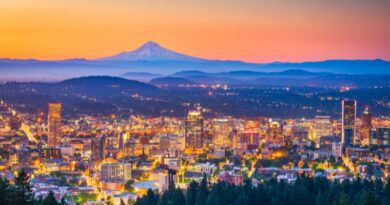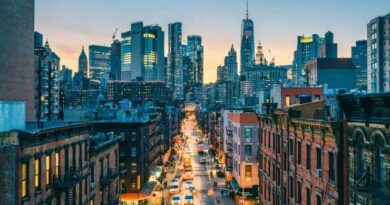Least Densely Populated Places in the World – Population density is a critical metric in understanding the distribution of human settlements across the globe. While urban centers often capture attention for their high population concentrations, it is equally crucial to explore the least densely populated places. These areas, characterized by vast expanses of deserts, polar regions, islands, and mountainous terrains, present unique challenges and opportunities.
By delving into the factors that contribute to low population density, such as extreme climates, geographical isolation, and limited resources, we gain insights into the resilience of communities facing these conditions.
This exploration not only sheds light on the diverse ways humans adapt to their environments but also holds implications for environmental conservation and sustainable development.
In this outline, we will examine methodologies for measuring population density, delve into specific regions with low population density, explore case studies, discuss challenges, and ponder future trends in these least densely populated places.
Least Densely Populated Places in the World
Greenland
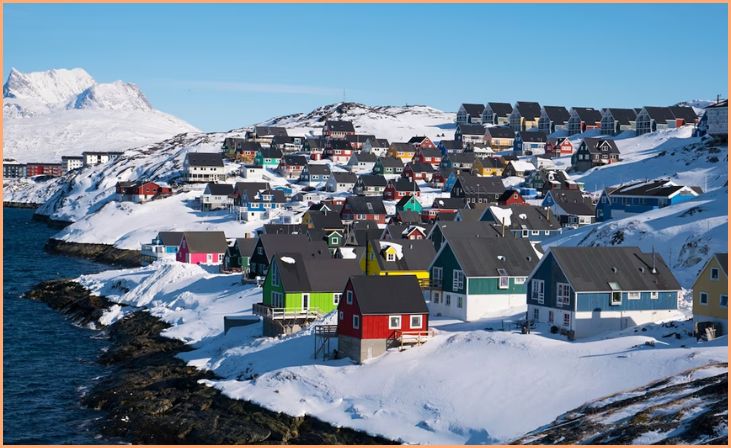
Greenland, an autonomous territory within the Kingdom of Denmark, is the world’s largest island. With a population of around 56,000, it boasts one of the lowest population densities globally. Dominated by ice and tundra, Greenland’s vast, pristine landscapes are sparsely inhabited.
The majority of the population resides along the coastline, with the interior largely untouched. Greenland’s capital, Nuuk, is the largest settlement, emphasizing the country’s remoteness and natural beauty. The Arctic environment, featuring glaciers, fjords, and the Northern Lights, defines Greenland’s unique and unspoiled character.
Mongolia
Mongolia, a landlocked country in East Asia, is known for its expansive steppes, deserts, and nomadic traditions. With a population of around 3 million, it maintains one of the lowest population densities globally.
The vast and rugged terrain, characterized by mountains and the Gobi Desert, contributes to the country’s sparseness. Ulaanbaatar, the capital, contrasts with the nomadic lifestyle prevalent in the countryside.
Mongolia has a rich cultural heritage, marked by the historical Mongol Empire. Today, it embraces both modernity and tradition, with a population largely connected to the land and its nomadic heritage.
Also, Read – Largest Airports in the United States
Namibia
Namibia, located in southwestern Africa, is renowned for its diverse landscapes, including the Namib Desert, Etosha National Park, and the Skeleton Coast. With a population of around 2.5 million, Namibia maintains a low population density.
The arid and semi-arid conditions prevalent in much of the country contribute to its sparseness. Windhoek, the capital, stands out amidst the expansive desert vistas.
Namibia is celebrated for its rich biodiversity, unique flora and fauna, and commitment to conservation. The country’s cultural tapestry is woven with influences from various ethnic groups, creating a harmonious blend of traditions and modernity in this captivating African nation.
Australia
Australia, the world’s sixth-largest country, is characterized by diverse landscapes, from the arid Outback to vibrant coastal cities. With a population of around 25 million, it maintains a relatively low population density.
Major urban centers like Sydney, Melbourne, and Brisbane coexist with vast uninhabited expanses. The country is renowned for its unique wildlife, including marsupials like kangaroos and iconic landmarks such as the Great Barrier Reef.
Indigenous Aboriginal cultures, with a history spanning thousands of years, add a rich layer to Australia’s identity. From the iconic Sydney Opera House to the vast expanses of the Outback, Australia offers a tapestry of natural and cultural wonders.
Also, Read – Most Magical Swimming Holes in the United States
Iceland
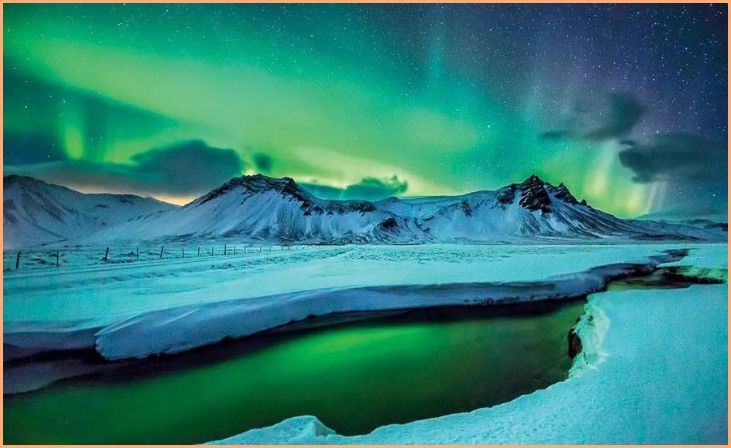
Iceland, a North Atlantic island nation, is characterized by stunning landscapes shaped by volcanoes, glaciers, and geysers. With a population of around 370,000, it maintains one of the lowest population densities globally.
Reykjavik, the capital, stands as a vibrant cultural hub against the backdrop of the island’s stark beauty. Known for its geothermal energy and the Northern Lights, Iceland offers a unique blend of natural wonders.
The Icelandic people, with a rich Norse heritage, have preserved their language and traditions. The country’s commitment to sustainability and environmental conservation adds to its allure, making Iceland a captivating destination at the edge of the Arctic Circle.
Suriname
Suriname, nestled on the northeastern coast of South America, is a culturally rich and biodiverse nation. With a population of approximately 600,000, it maintains a relatively low population density. The majority of Suriname’s residents inhabit the coastal areas, while vast expanses of tropical rainforest cover much of the interior.
Paramaribo, the capital, reflects a unique blend of Dutch colonial architecture and diverse cultural influences. The country’s cultural tapestry is woven with elements from African, Indian, Javanese, and Indigenous traditions. Suriname’s commitment to preserving its natural heritage, including the Central Suriname Nature Reserve, adds to its appeal as a destination of cultural and ecological significance.
Botswana
Botswana, a landlocked country in Southern Africa, is defined by its diverse ecosystems and commitment to wildlife conservation. With a population of around 2.4 million, it maintains a relatively low population density.
The Kalahari Desert dominates much of Botswana’s terrain, contributing to its sparseness. The Okavango Delta, a UNESCO World Heritage Site, stands in contrast as one of the world’s largest inland deltas, hosting rich biodiversity.
Gaborone, the capital, reflects both modernity and cultural heritage. Botswana’s stable government, flourishing diamond industry, and focus on sustainable tourism contribute to its economic resilience and make it a haven for nature lovers and safari enthusiasts.
Mauritania
Mauritania, a West African country straddling the Sahara Desert, is characterized by vast expanses of arid land. With a population of around 4.5 million, it maintains a low population density. Nouakchott, the capital, blends traditional Moorish architecture with modern influences.
The majority of the population resides in the coastal cities, while the interior is sparsely inhabited due to the harsh desert conditions. Mauritania’s diverse ethnic groups contribute to a rich cultural mosaic, with traditions deeply rooted in nomadic heritage.
The country’s economy relies on agriculture, fisheries, and mining. Despite challenges, Mauritania’s unique landscapes, historical sites, and cultural heritage attract those seeking off-the-beaten-path experiences.
Canada
Canada, the second-largest country globally, is defined by its vast landscapes, from the Arctic tundra to temperate rainforests. With a population of around 38 million, it maintains a relatively low population density. Cities like Toronto, Vancouver, and Montreal contrast with the expansive wilderness.
The Canadian Rockies, the Northern Lights, and the multicultural cities add to the country’s allure. Indigenous cultures, French and British influences, and a commitment to diversity shape Canada’s identity.
Known for its friendly locals and outdoor pursuits, Canada stands as a beacon of natural beauty, cultural richness, and progressive values in North America.
Guyana
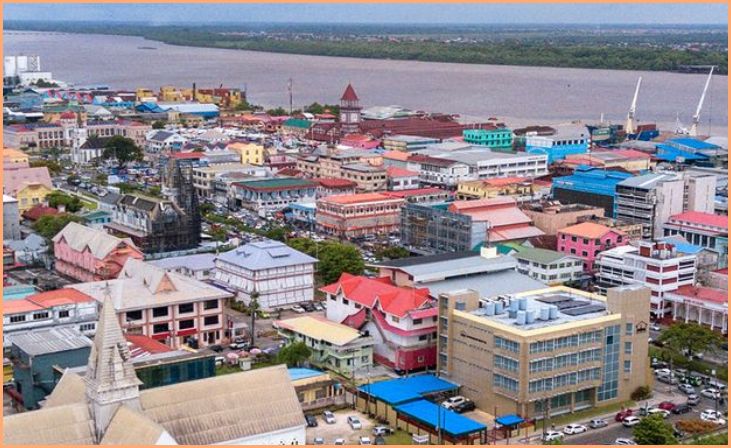
Guyana, situated on the northeastern coast of South America, is a country of diverse landscapes and cultures. With a population of around 800,000, it maintains a relatively low population density. Vast rainforests cover the interior, contributing to the country’s sparseness.
Georgetown, the capital, reflects a mix of Dutch and British colonial architecture. Guyana’s cultural fabric is woven with influences from African, Indian, Indigenous, and European traditions.
The country’s economy, based on agriculture and natural resources, is complemented by ecotourism, showcasing the Kaieteur Falls and diverse wildlife. Despite challenges, Guyana’s natural beauty and cultural diversity make it a unique destination in South America.
Conclusion
In conclusion, studying the least densely populated places reveals the intricate interplay between humans and their environments. From remote deserts to isolated islands, understanding the challenges and opportunities in these regions is vital for informed policymaking.
As global dynamics shift, acknowledging the potential for population changes in these areas and addressing associated economic and environmental challenges becomes imperative.
This exploration not only enriches our understanding of diverse lifestyles but also underscores the need for sustainable practices to preserve these unique landscapes for future generations.
FAQs
Population density is calculated by dividing the total population of an area by its land area, usually expressed in square kilometers or square miles.
Examples include deserts like the Sahara, polar regions such as Antarctica, island nations like Greenland, and mountainous areas like Bhutan.
Factors include extreme climates, geographical isolation, limited resources, and challenging living conditions, influencing settlement patterns in these areas.




